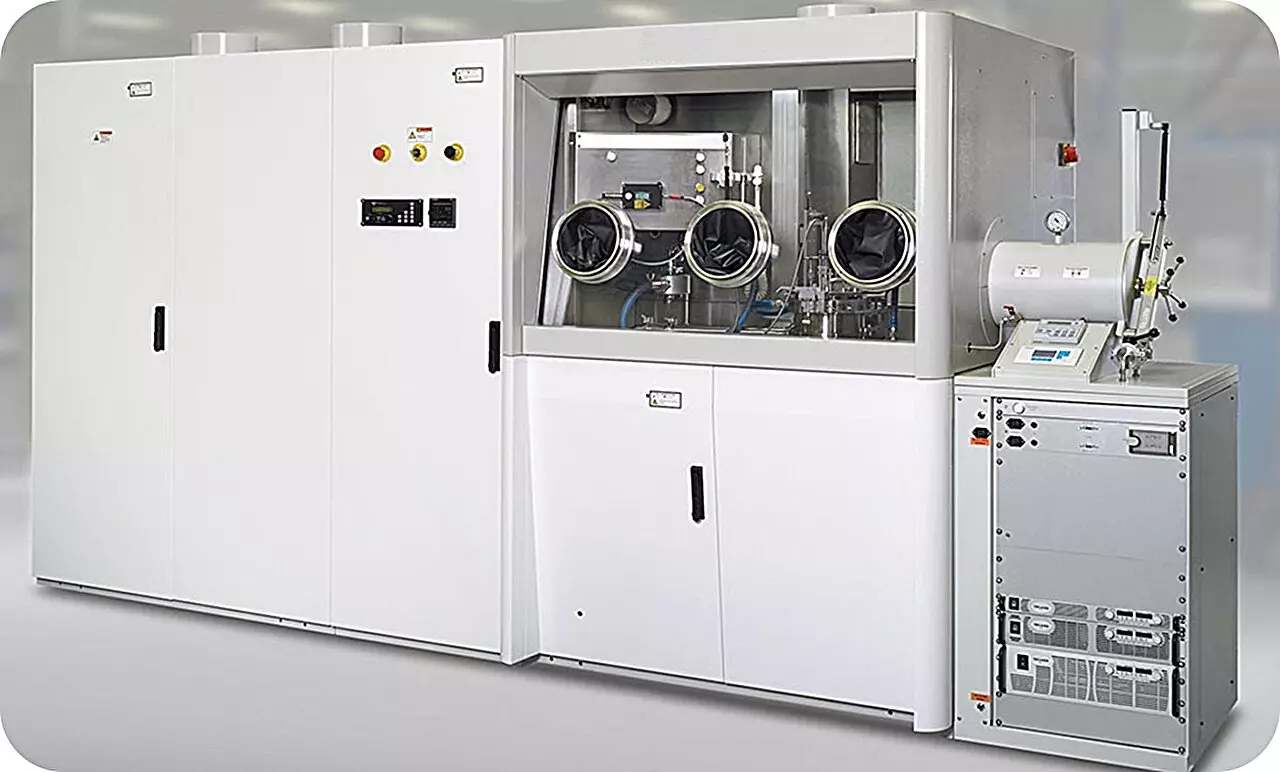In an era increasingly driven by rapid data exchange and digital interconnectedness, the importance of efficient and affordable optical communication technologies cannot be overstated. South Korea’s recent achievement in developing scalable manufacturing technology for quantum dot lasers marks a pivotal moment for the industry. Traditionally, the production of quantum dot lasers involved complex, time-consuming methods that hindered mass adoption and kept costs prohibitively high. Now, with the advent of a more efficient, cost-effective process, the landscape of global telecommunications is poised for a major transformation.
This technological leap is not merely an incremental improvement; it represents a fundamental shift in how semiconductor lasers are manufactured. By employing Metal-Organic Chemical Vapor Deposition (MOCVD) instead of the slower Molecular Beam Epitaxy (MBE), South Korean researchers have unlocked the potential for large-scale, cost-efficient production. This pivot toward MOCVD enables higher throughput, uniformity, and the creation of larger substrates—key factors that directly influence manufacturing costs and device performance.
The breakthrough extends beyond the technicalities of fabrication. It could drastically reduce the price of essential components used in data centers, internet infrastructure, and quantum communication networks. Today, the high cost of optical transceivers hampers the expansion of high-speed networks, especially in areas where infrastructure investments are crucial yet financially challenging. The new technology promises to lower production costs to less than one-sixth of previous levels, making advanced optical communication systems more accessible worldwide, including for developing nations eager to leapfrog into the digital age.
Implications for Future Industry Growth and Technological Innovation
Cost reduction is only part of the story. The improved manufacturing process also confers technical advantages that could redefine the performance thresholds of optical devices. Quantum dot lasers are renowned for their superior temperature stability and defective tolerance, qualities that make them ideal for demanding environments and large-area substrates. This opens up possibilities for more robust, energy-efficient systems that consume less power while maintaining high throughput.
Furthermore, the ability to operate efficiently at temperatures up to 75 degrees Celsius signifies a leap in operational stability. This resilience underpins their suitability for integration into real-world, large-scale communication networks, where environmental variations are inevitable. By making quantum dot lasers more reliable and easier to produce at scale, the research paves the way for widespread adoption in commercial applications—from connecting high-rise apartment complexes to intercontinental undersea cables—accelerating the global flow of information.
Economically, these innovations are poised to invigorate South Korea’s domestic optical component industry. By reducing dependence on expensive substrates like InP and shifting to more affordable GaAs substrates, manufacturers can considerably cut costs, increase production volumes, and short-circuit lengthy, complex manufacturing cycles. This competitive edge could position Korean companies as global leaders in optical communication technology, challenging incumbent firms and creating new market opportunities.
Nevertheless, critical questions about the long-term reliability and scalability of these newly developed lasers remain. While initial results are promising, widespread commercialization depends on rigorous testing, consistent quality, and integration with existing communication infrastructure. The research team’s ongoing efforts to optimize these devices and transfer the technology to local industry players demonstrate a keen awareness of these challenges. The strategic partnership with domestic companies, supported by government-backed infrastructure, ensures that this innovation isn’t isolated within research labs but is driven toward real-world application.
The broader impact of this development extends beyond telecommunications. Quantum dot lasers hold potential in quantum computing, medical imaging, and even future photonic-based sensors. South Korea’s pioneering efforts could set the stage for a new era where quantum devices are more accessible, affordable, and integrated into everyday technology.
This technological breakthrough signifies more than just an incremental advance; it embodies a strategic leap toward affordable, high-performance optical communication systems. As the industry adapts and evolves, the ripple effects of this innovation are likely to influence global connectivity, scientific research, and economic competitiveness for years to come.


Leave a Reply